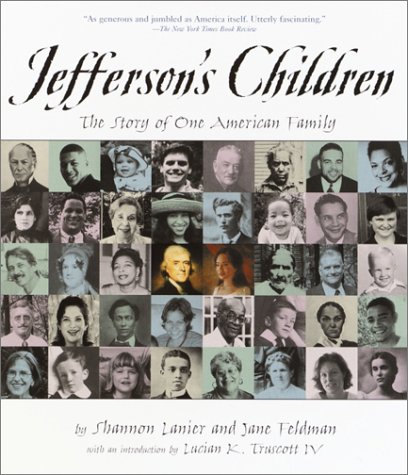A president’s past yields a modern parablePosted in Articles, History, Media Archive, Passing, Slavery, United States on 2017-02-19 03:56Z by Steven |
A president’s past yields a modern parable
The Berkshire Eagle
Pittsfield, Massachusetts
2017-01-24
 A tree is planted and dedicated to the descendants of Thomas Jefferson and his slave, Sally Hemings, at Monticello’s Mulberry Row. Mulberry Row was the center of activity of Jefferson’s 5,000-acre agricultural enterprise. According to the Monticello website, it was populated by more than 20 dwellings, workshops, and storehouses between 1770 and the sale of Monticello in 1831. PHOTO PROVIDED BY JANE FELDMAN |
Students learn about black history in Thomas Jefferson’s family
PITTSFIELD — History can play a crucial role in our futures, if we listen to it.
In 2002, photographer, Jane Feldman, who shares her time between the Berkshires and New York City, and Shannon Lanier, the sixth great-grandson of U.S. President Thomas Jefferson, worked together to publish through Random House, “Jefferson’s Children: The Story of One American Family.”
The book details, in family album and portrait style, Lanier’s trip across the country to retrace the footsteps of his maternal ancestor, Madison Hemings, the son of Thomas Jefferson and Sally Hemings. Hemings was Jefferson’s African-American slave.
With increasing discussions and divides developing across the nation regarding race and rights, Lanier and Feldman have decided to revive a series of tours and talks — originally conducted after the book’s release — about the book and its themes of identity, family and the varying perspectives of American history and culture.
“We believe that one of the things that will help us all navigate through this complicated time in our history is the ability to understand where we’ve come from and where we are going as individuals and as a nation,” Feldman said…
…The co-authors also noted how people aren’t always as they seem; for example how many light-skinned members of the Jefferson-Hemings lineage would go on to “pass” in society, that is, take advantage of the social statuses that came with looking like a white person, including freedom from slavery.
But the side effect of passing, is some future generations grew unaware of their black heritage, some even becoming racist, without knowing their own black blood lines…
Read the entire article here.







